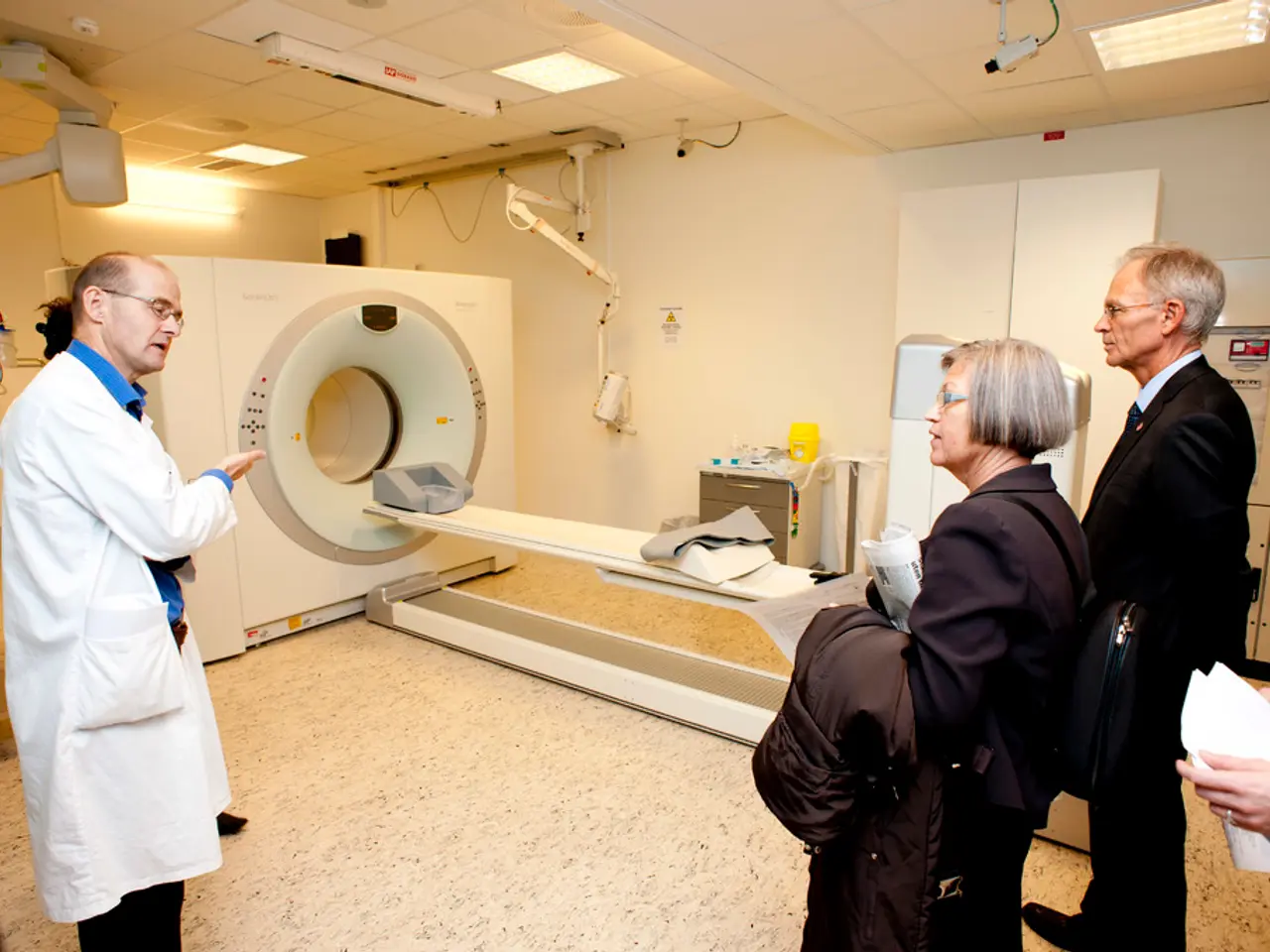Adopting Lifestyle Lessons
Sitting for long periods of time has been linked to a host of health issues, collectively known as "sitting diseases." These include obesity, diabetes, heart disease, and an increased risk of early death [1]. Over three million avoidable deaths worldwide each year are attributed to physical inactivity [2].
For children aged 5-17 years, they engage in physical activity for just one and a half hours per day and spend more than two hours in front of screens [5]. Young children (ages 2-4) spend an average of six hours per day engaging in physical exercise and 1.5 hours per day engaging in screen time [6]. As we age, activity levels decrease, with the age 65 and older group having the lowest level of activity, only engaging in physical activity for about 20 minutes each day [7].
Prolonged sitting can lead to obesity, metabolic syndrome, and an increased risk of dying from cancer and cardiovascular disease [8]. It can also cause weaker leg and gluteal muscles, which can increase the risk of injuries from falls and strains while exercising [3]. Sitting for extended periods of time has been linked to poor spine health, painful disc compression, and early degeneration [9].
Sitting can negatively affect digestion, making it less effective and leading to the retention of fats and sugars in the body [10]. It may also increase the risk of anxiety and depression [11]. Reducing daily sitting time to under three hours may extend life expectancy by up to two years [12].
The recommended daily limits for sitting to reduce the risk of chronic diseases and early death are generally to avoid sitting continuously for more than 30 minutes at a time and to limit total sitting time to less than 7 hours per day [1]. Breaking up sitting every 30 minutes and limiting total sedentary time to under 7 hours daily can effectively reduce the negative impact of long sitting hours [3].
Incorporating regular standing and movement breaks throughout the day can support better cardiovascular health, metabolic function, posture, and reduce the risk of early death associated with sedentary behavior [1][3][4]. Simple exercises that can be done while working to counteract the negative effects of prolonged sitting include push-ups, seated spine twists, seated knee pull ins, chair squats, and heel raises [13].
Indoor activities that can be done for exercise include dancing, swimming, martial arts, yoga, pilates, indoor rock climbing, squash, and more [14]. Changing daily activity habits can have several health benefits, even if you are not getting enough exercise [15].
Before starting a new physical activity routine, it's recommended to consult a doctor, especially if you have a health condition [16]. Cutting down daily TV time to under two hours can potentially add an extra 1.4 years to life [12]. Physical inactivity is the fourth most common reason for non-communicable disease-related deaths [17].
It's important to note that the likelihood that someone had exercised enough increased if they were wealthier, had excellent health, were in the underweight or normal range of body mass index, did not smoke or had given up smoking, did not have a job where they sat down a lot, watched less television and used the internet less than average, and were not obese [18].
Finally, it's crucial to be aware that prolonged sitting can cause deep vein thrombosis (DVT), a serious condition where a piece of a blood clot in a leg vein can break off and cause a pulmonary embolism [9].
References:
- https://www.ncbi.nlm.nih.gov/pmc/articles/PMC4574028/
- https://www.ncbi.nlm.nih.gov/pmc/articles/PMC3118612/
- https://www.ncbi.nlm.nih.gov/pmc/articles/PMC6913994/
- https://www.ncbi.nlm.nih.gov/pmc/articles/PMC6781780/
- https://www.ncbi.nlm.nih.gov/pmc/articles/PMC5745584/
- https://www.ncbi.nlm.nih.gov/pmc/articles/PMC4674370/
- https://www.ncbi.nlm.nih.gov/pmc/articles/PMC6781780/
- https://www.ncbi.nlm.nih.gov/pmc/articles/PMC6023200/
- https://www.ncbi.nlm.nih.gov/pmc/articles/PMC6781780/
- https://www.ncbi.nlm.nih.gov/pmc/articles/PMC6278269/
- https://www.ncbi.nlm.nih.gov/pmc/articles/PMC6913994/
- https://www.ncbi.nlm.nih.gov/pmc/articles/PMC5802504/
- https://www.ncbi.nlm.nih.gov/pmc/articles/PMC6913994/
- https://www.ncbi.nlm.nih.gov/pmc/articles/PMC6913994/
- https://www.ncbi.nlm.nih.gov/pmc/articles/PMC5802504/
- https://www.ncbi.nlm.nih.gov/pmc/articles/PMC6913994/
- https://www.ncbi.nlm.nih.gov/pmc/articles/PMC6913994/
- https://www.ncbi.nlm.nih.gov/pmc/articles/PMC6913994/
Engaging in regular exercises and physical activities as part of a fitness-and-exercise routine can help combat the negative health effects associated with prolonged sitting, such as obesity and type 2 diabetes, which are common in science-related professions. Incorporating health-and-wellness practices, like taking stand-up breaks and performing simple exercises throughout the day, can contribute to overall well-being and vitality.




